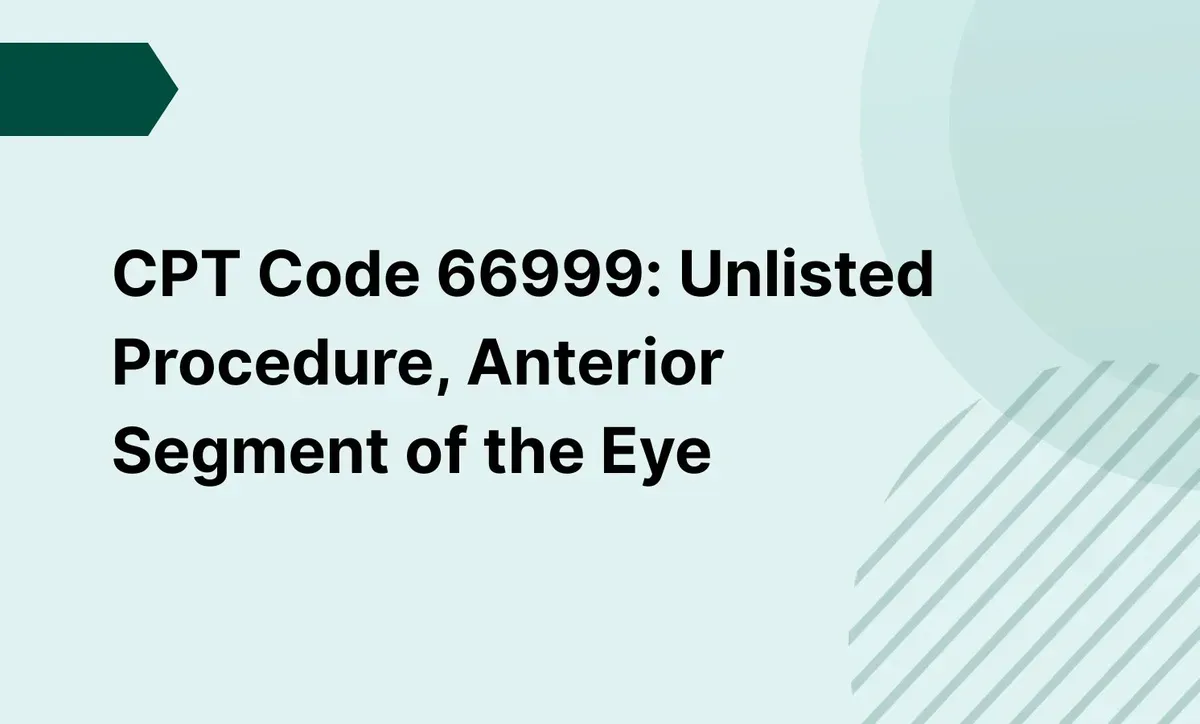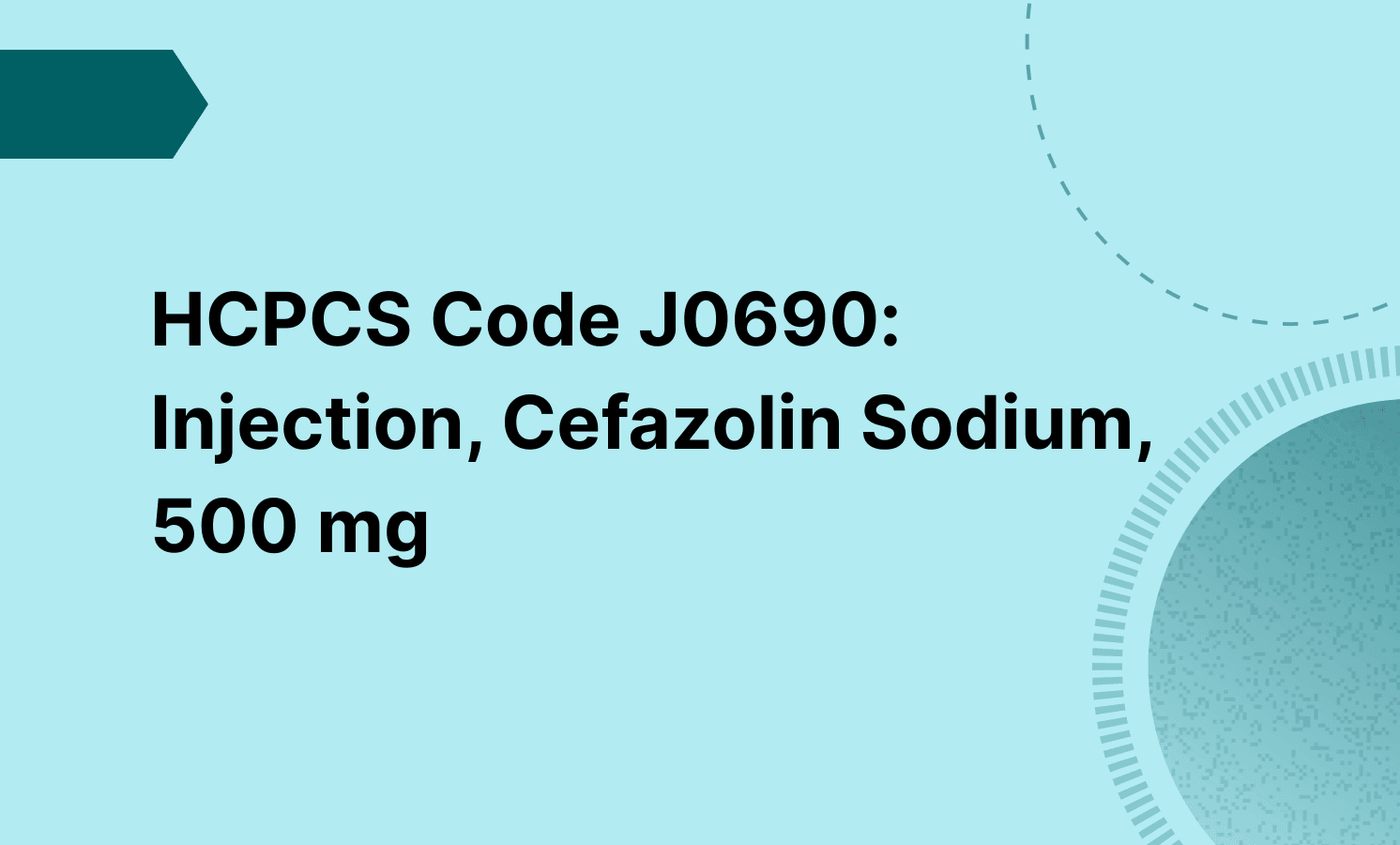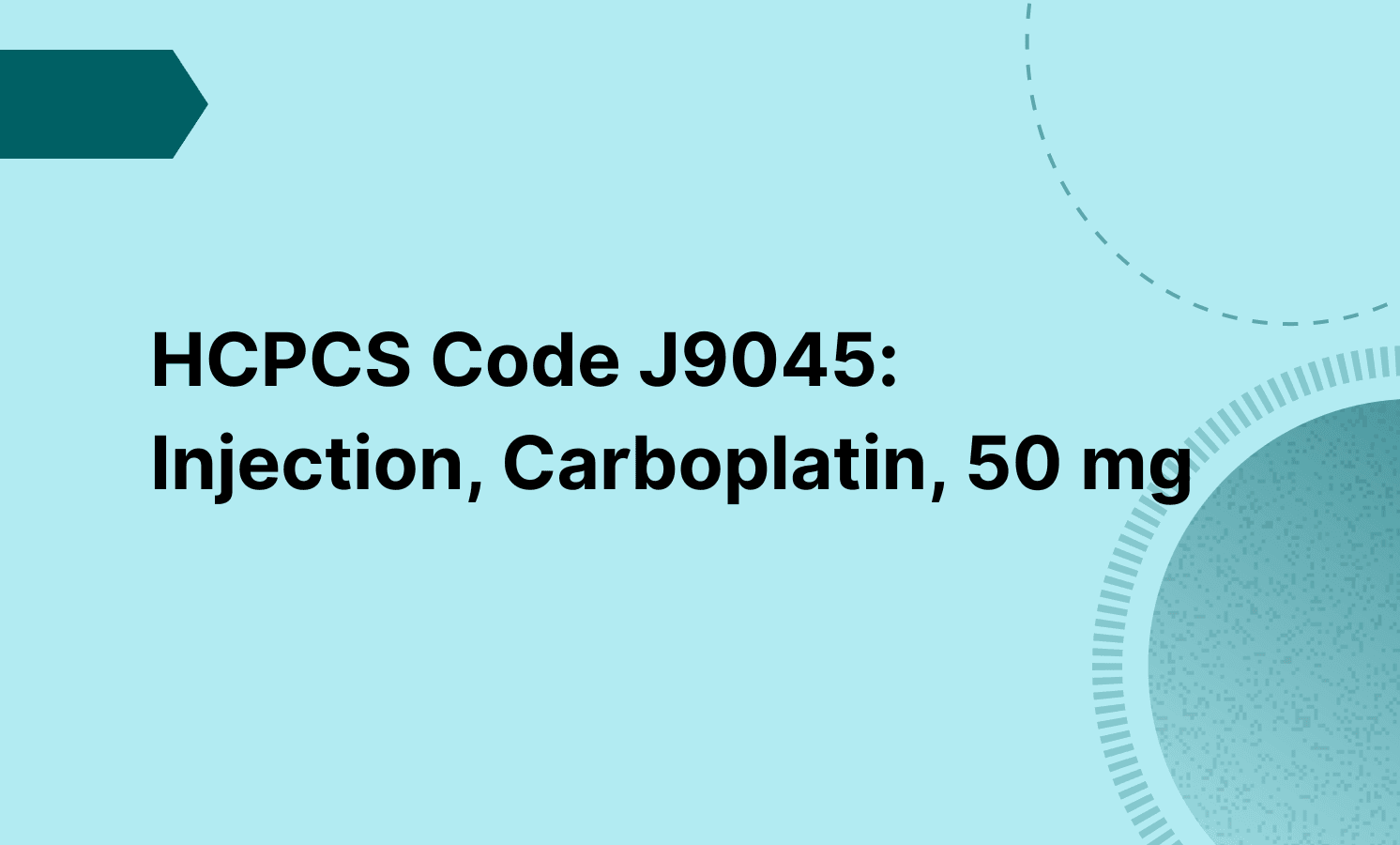Yes, you may report CPT code 66999 for the laser component only if it is not bundled into existing cataract surgery codes like 66984 or 66982, depending on payer policy.

CPT Code 66999: Unlisted Procedure, Anterior Segment of the Eye
Learn about CPT code 66999 for unlisted anterior segment procedures, including documentation, and billing guidance for cataract procedure.
Frequently asked questions
Yes, because the 66999 CPT code is an unlisted procedure, most insurance payers, including Medicare, require prior authorization. Healthcare providers need to confirm this with the payer before proceeding to avoid claim denials.
A strong submission should include a detailed operative report, justification for using the unlisted code, a comparison CPT code (e.g., 66984, 66982) with explanation of differences, a statement of medical necessity showing why 66999 is appropriate for the anterior segment of the eye, and any supporting literature if required.
EHR and practice management software
Get started for free
*No credit card required
Free
$0/usd
Unlimited clients
Telehealth
1GB of storage
Client portal text
Automated billing and online payments






